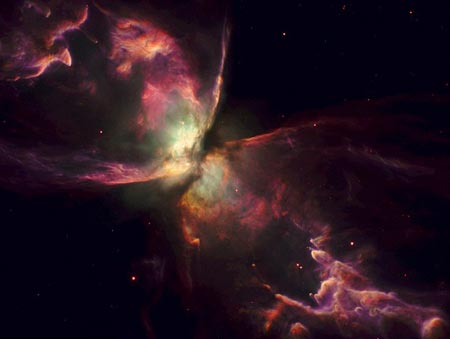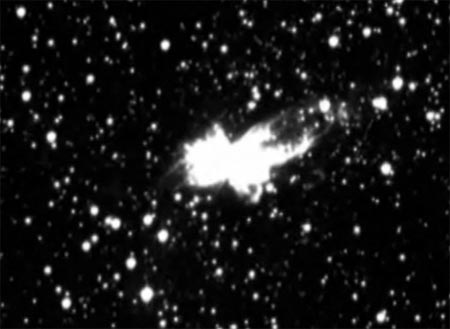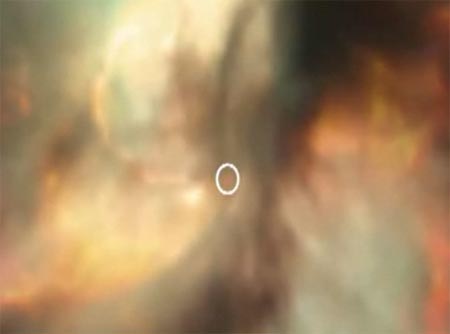The star is 36 times hotter than the sun
Astronomers have discovered a star with a surface temperature of 200,000 degrees Celsius in the Milky Way.

The super hot star is obscured by a cloud of dust and ice in the middle of the nebula.Photo: University of Manchester.
Daily Mail said, super hot stars are at the end of the life cycle and belonging to the Bug Nebula. Astronomers from Manchester University (UK) captured it with the Hubble space telescope.
"This star is very difficult to observe because it is obscured by a cloud of dust and ice in the middle of the nebula," said Albert Zijlstra, a professor of astronomy at the University of Manchester.

Location Nebula Bug in Scorpion constellation.Photo: University of Manchester .
According to Zijlstra, Bug-like nebulae form when a dying star spits most of the material into the surrounding space. The Bug Nebula is about 3,500 light-years from Earth and belongs to the Scorpion constellation.
The sun - having a surface temperature of more than 5,500 degrees Celsius - also goes through the same stages as super hot stars. Scientists think the sun will cool down and die within 5 billion years.

The position of the star (circled) in the Bug nebula.Photo: University of Manchester.
"Researching Bug-like planetary nebulae is very important, because they help people understand our existence on the earth," Zijlstra commented.
Photos of the star will be published in Astrophysical magazine next week.
- Astronomers discovered that the outer planet is 3 times hotter than the Sun.
- Abnormal light reduction star may be caused by dust cloud
- The star is about to explode 1,400 times larger than the Sun.
- The mysterious age of the mysterious star
- Detecting star clusters 30 million times brighter than the Sun.
- The supernova is 20 times brighter than the Milky Way
- The cause of the Sun's atmosphere is hotter than the surface of the Sun.
- Giant stars are created from 'star nursery'.
- The formation of the star is 300 times brighter than the Sun.
- Discovering a tiny star, about 600 light-years away from Earth
- The star is 10,000 times brighter than the Sun can prevent life from evolving
- The star is 20 million times brighter than the sun
 Van Allen's belt and evidence that the Apollo 11 mission to the Moon was myth
Van Allen's belt and evidence that the Apollo 11 mission to the Moon was myth The levels of civilization in the universe (Kardashev scale)
The levels of civilization in the universe (Kardashev scale) Today Mars, the sun and the Earth are aligned
Today Mars, the sun and the Earth are aligned The Amazon owner announced a secret plan to build a space base for thousands of people
The Amazon owner announced a secret plan to build a space base for thousands of people